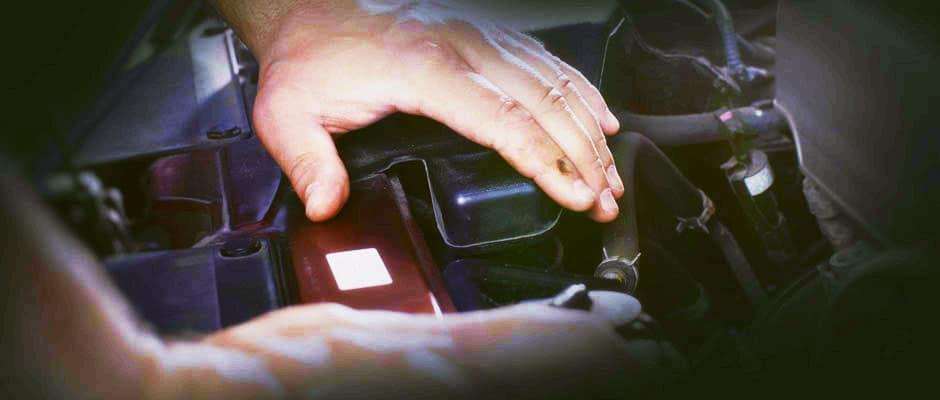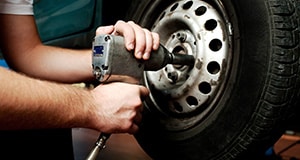
HOW OFTEN SHOULD I SERVICE MY LEXUS?
As your vehicle gains more miles on the odometer, it will have certain things that will need to be maintained to keep in functioning well. Although you should consult your user manual for vehicle-specific maintenance, as exact maintenance schedules can vary according to make, model, and year, there are some general checkpoints that you can use to make sure that your vehicle is always in a condition that you can be confident about. We're going to cover four mileage checkpoints at which you should have your vehicle examined by a qualified mechanic. These checkpoints are at 15,000 miles, 30,000 miles, 60,000 miles, and 90,000 miles.

15,000-MILE SERVICE
When your car, truck, or SUV reaches 15,000 miles, you shouldn't have too many things to worry about, but there are a few things that you can do to ensure that your vehicle is running well for tens of thousands of miles to come. First of all, continue getting your oil changed at the manufacturer's recommended intervals. Most newer cars can go anywhere from 5,000 miles to 10,000 miles between oil changes. You should also use this mile marker as a time to have your tires rotated so that the tread wears evenly. Also, check your air filters so that you can be sure that you are breathing air that is free of allergens and dust. Finally, have your brake and cooling systems checked.30,000-MILE SERVICE
 If you're looking to keep your vehicle running well, make sure that you do everything that you did when your vehicle reached 15,000 miles. But you should also add changing the fuel filter onto your list. Also, find out if you have copper spark plugs, as these wear out more quickly.
If you're looking to keep your vehicle running well, make sure that you do everything that you did when your vehicle reached 15,000 miles. But you should also add changing the fuel filter onto your list. Also, find out if you have copper spark plugs, as these wear out more quickly.
60000-MILE SERVICE
This is the point that many vehicles start to need more extensive maintenance. First of all, continue with what you did at 30,000 miles. Titanium and iridium spark plugs usually last the longest, but if you have copper spark plugs, it's time to have them replaced so that you don't find yourself in a parking lot late at night with a vehicle that won't start. Additionally, your coolant should be checked so that your radiator doesn't overheat, and you should check your transmission fluid so that your transmission is always properly lubricated. You might be due for a new battery, which is typical of vehicles that are about five years old. Finally, you will want to give some attention to your brakes. By this time, it's very likely that your brake pads are beginning to wear thin, and it's possible that your rotors need to be replaced if they have been damaged by the calipers. You'll also want to have your brake fluid checked so you can be sure that it is clean, full, and free of moisture.
90,000-MILE SERVICE
Titanium and iridium spark plugs will likely need replacement, but you should also add in checking your power steering fluid. You'll know that your power steering fluid needs to be replaced if you hear a noise every time you make a turn or if turning the wheel is challenging. Last but certainly not least important is that you should check the rubber component on your vehicle. Things like valves, belts, and hoses wear thin and crack with age and repeated use, so some might need to be changed. This is particularly important with your timing belt. When a timing belt breaks when your engine is running, you could spend thousands of dollars fixing everything that breaks when the belt snaps.